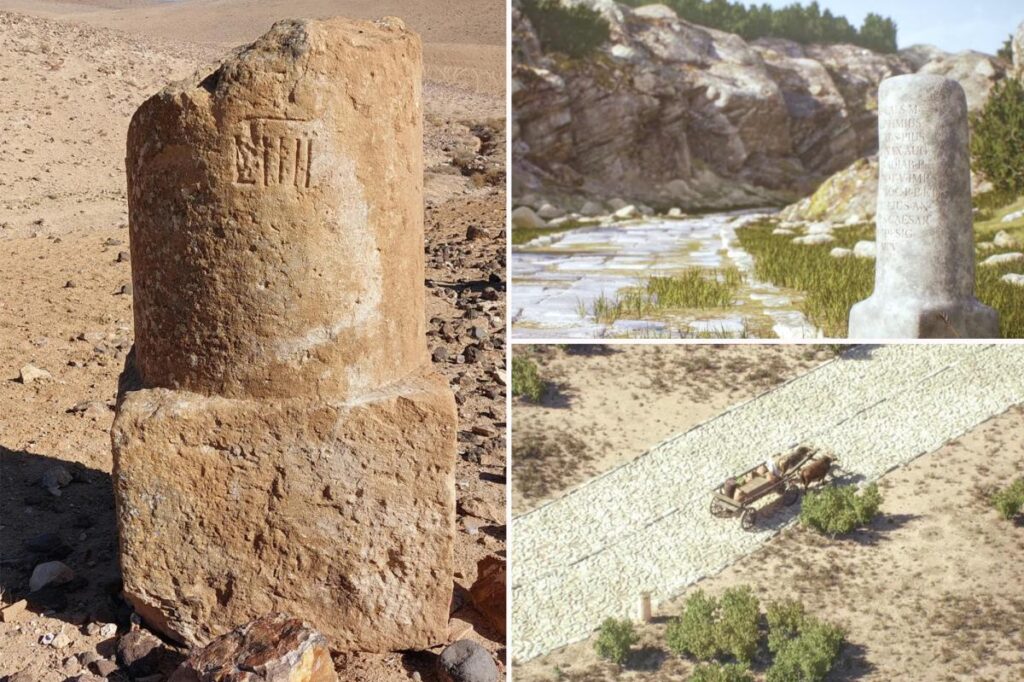When in Rome, do as the Romans do.
A social media trend revealed a few years ago that men think about the Roman Empire, the most impressive one in human history, more often than they probably ever wanted to admit, because of things like the empire’s vastness, as well as architectural and infrastructure advancements.
Well, now, they have even more of a reason to think about it because a team of international researchers recently created a visualization tool called Itiner-e that allows users to virtually see a map of how the ancient Roman roads were once traveled in Europe, the Near East and North Africa.
The interactive map was created based on 200 years of research on the Roman roads. Tom Brughmans, an archaeologist at Aarhus University in Denmark, is calling Itiner-e the “Google Maps for Roman roads.”
“It’s a growing resource for a community to keep on adding information to ensure that this remains the best representation of our knowledge of where all the roads in the Roman Empire were,” said Brughmans, according to a peer-reviewed journal, Scientific Data.
Brughmans and the team of researchers hope this interactive digital map, which spans over 300,000 kilometers (about 186,000 miles) of the Roman Empire’s vast transportation system, will give people a better “understanding of how people, ideas and infectious diseases” spread 2,000 years ago.
Press play on the digital map and you’ll be instantly transported back 2,000 years ago as you’ll witness how the Romans transported everything from food, wine, people and military equipment in chariots and carriages of wood pulled by horses.
“This dataset brings together a huge range of research to give a bigger and more comprehensive picture of the Roman road network than we’ve had before,” Dr. Catherine Fletcher, a professor of history at Manchester Metropolitan University in the UK, told CNN.
It’s important to note that 90% of the map is not so exact and 7% are hypothesized roads and this could be due to the availability of data, as well as how difficult it is to recognize some of the different types of Roman roads.
Read the full article here

















